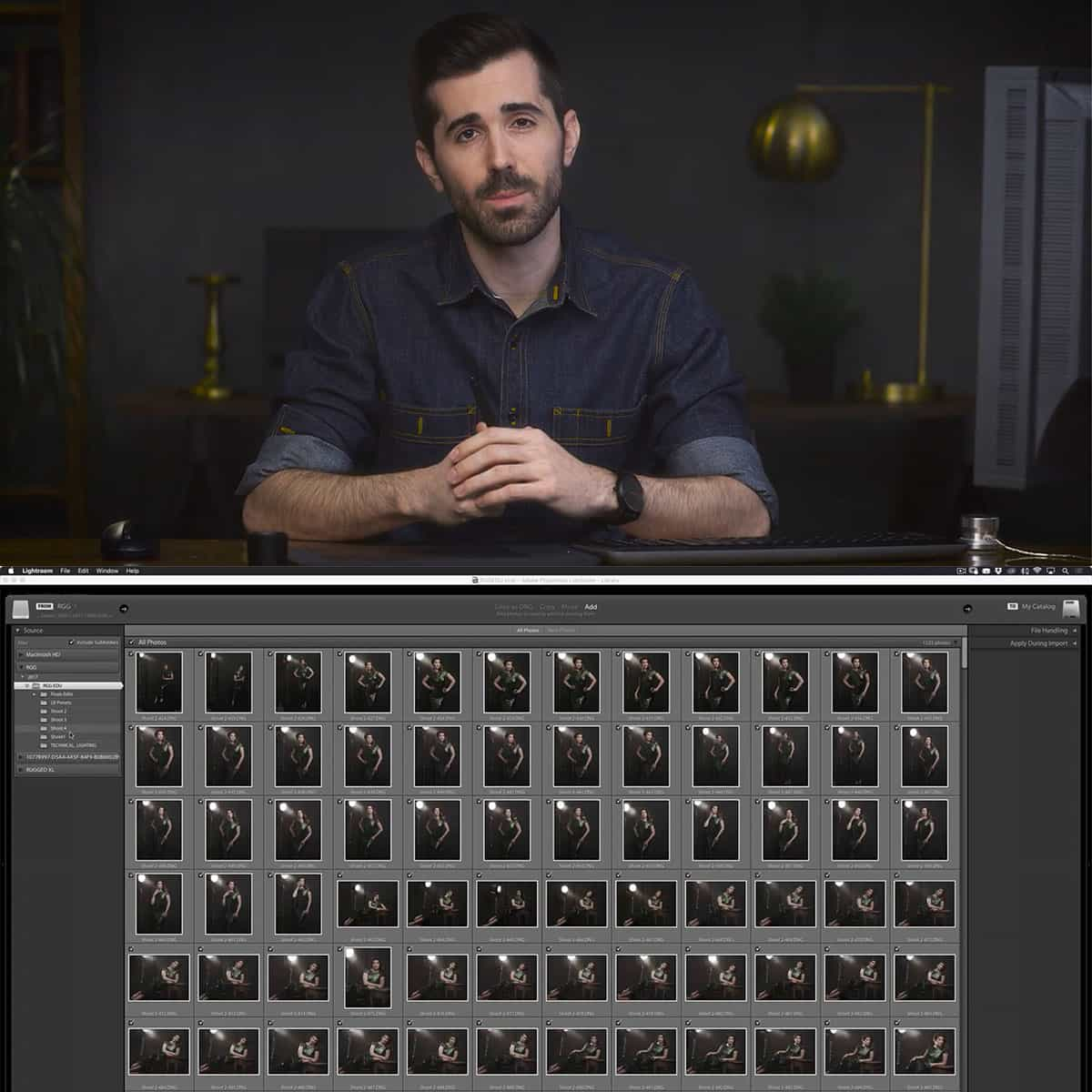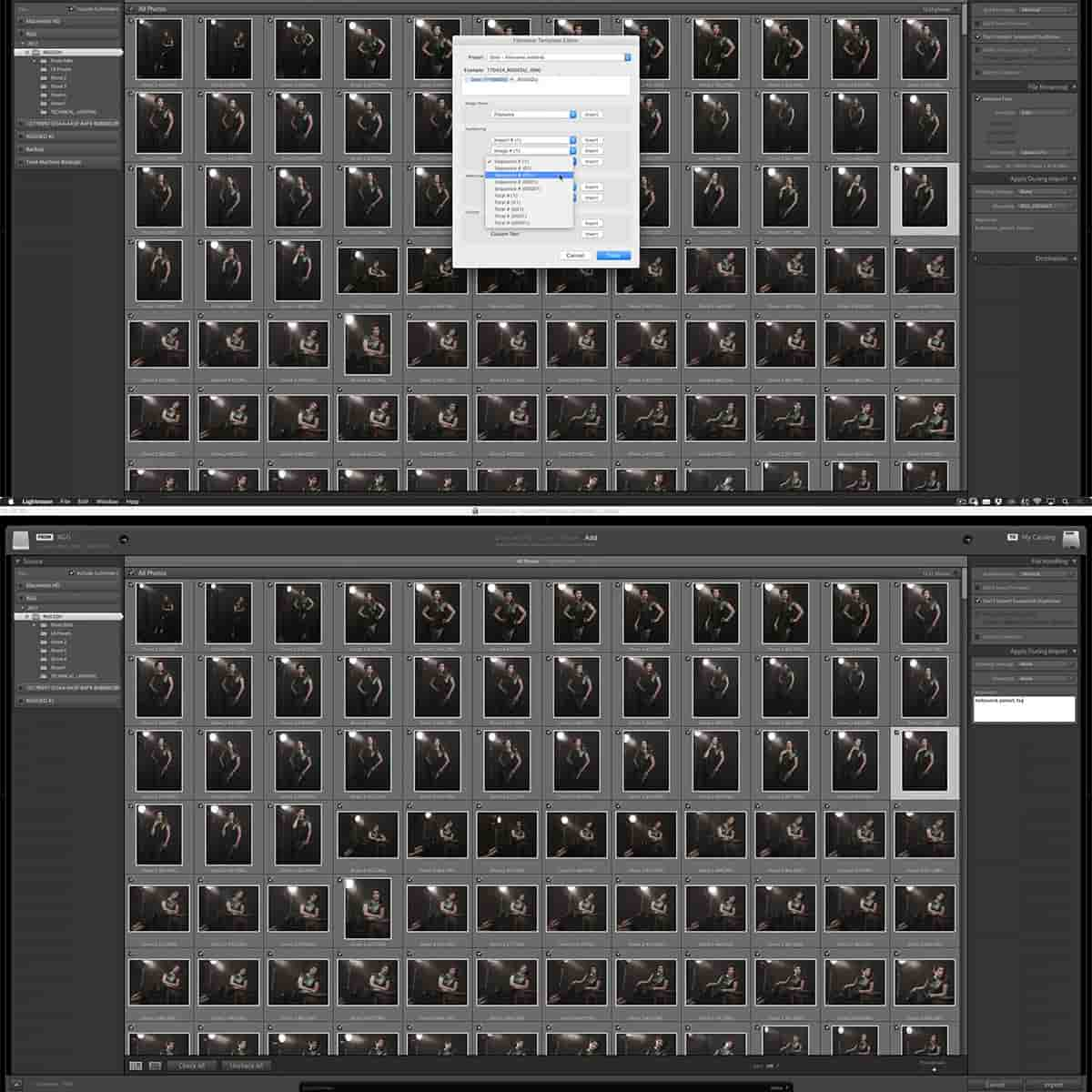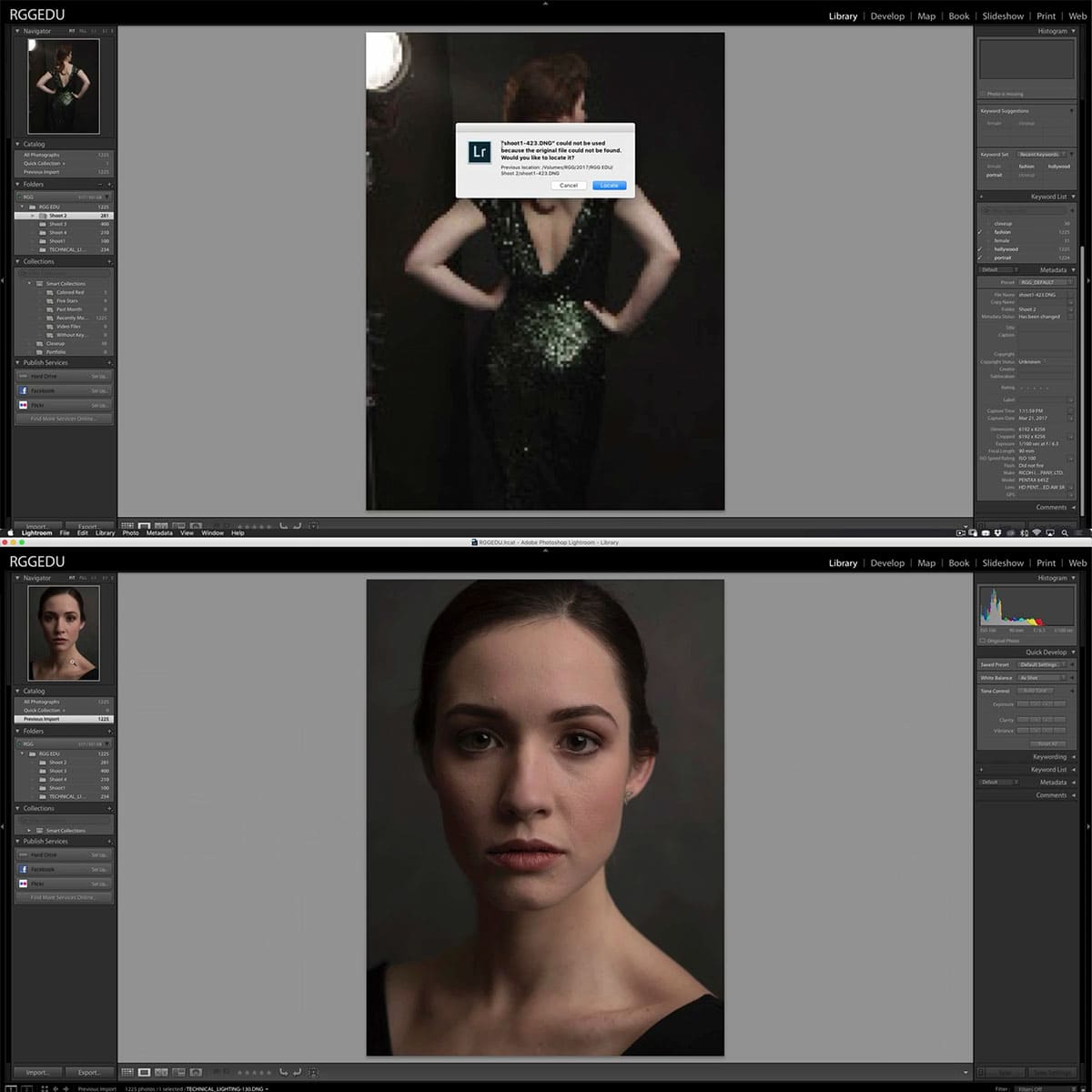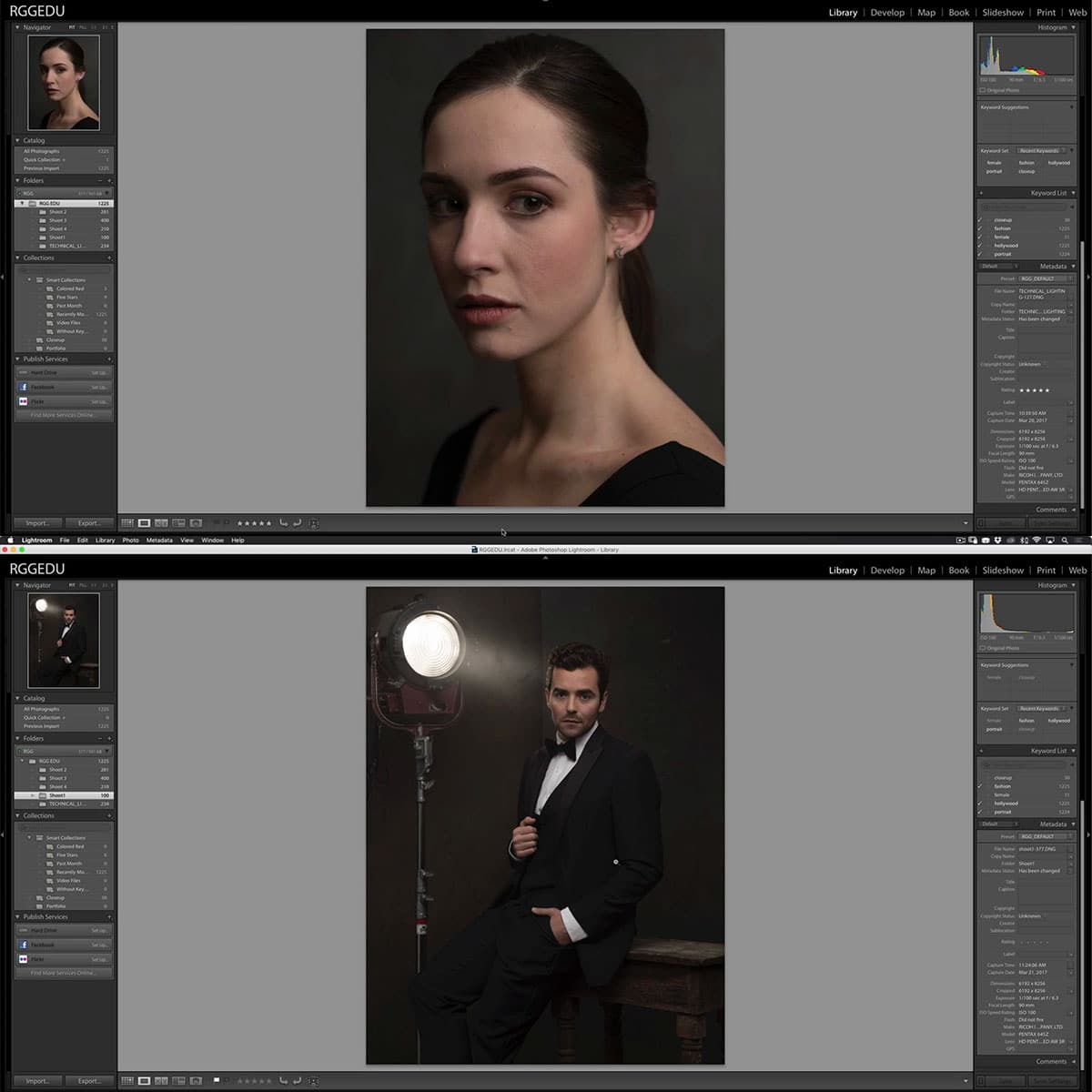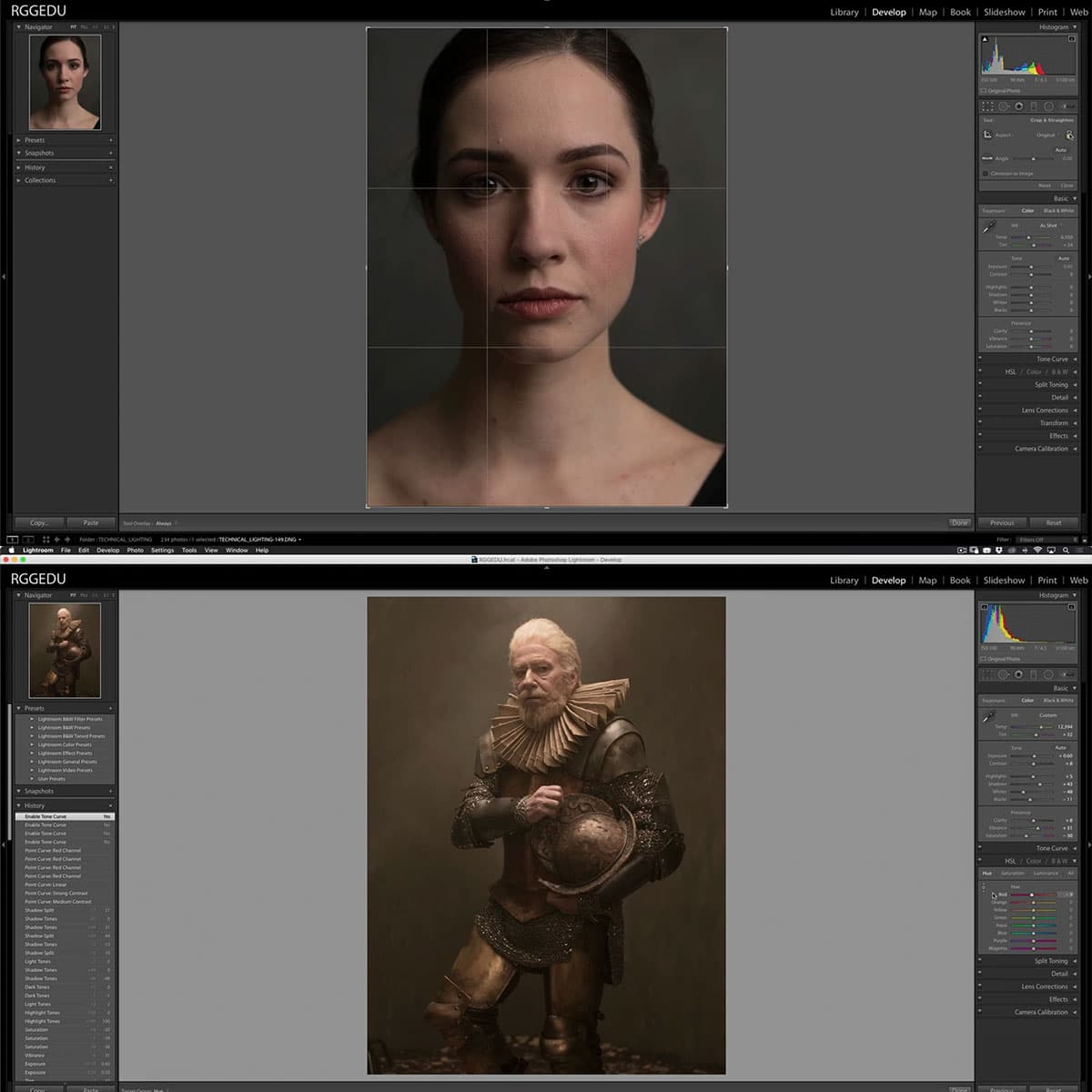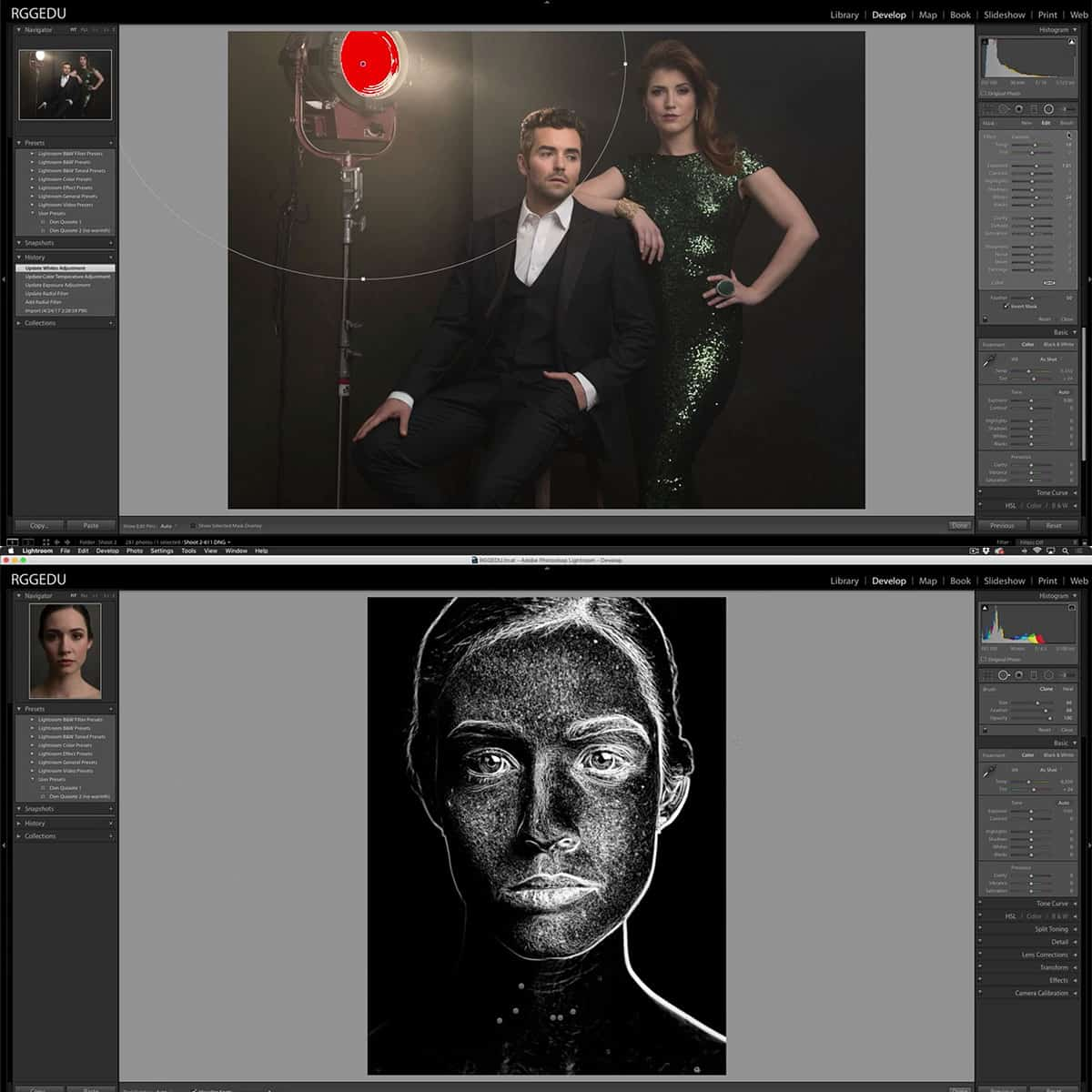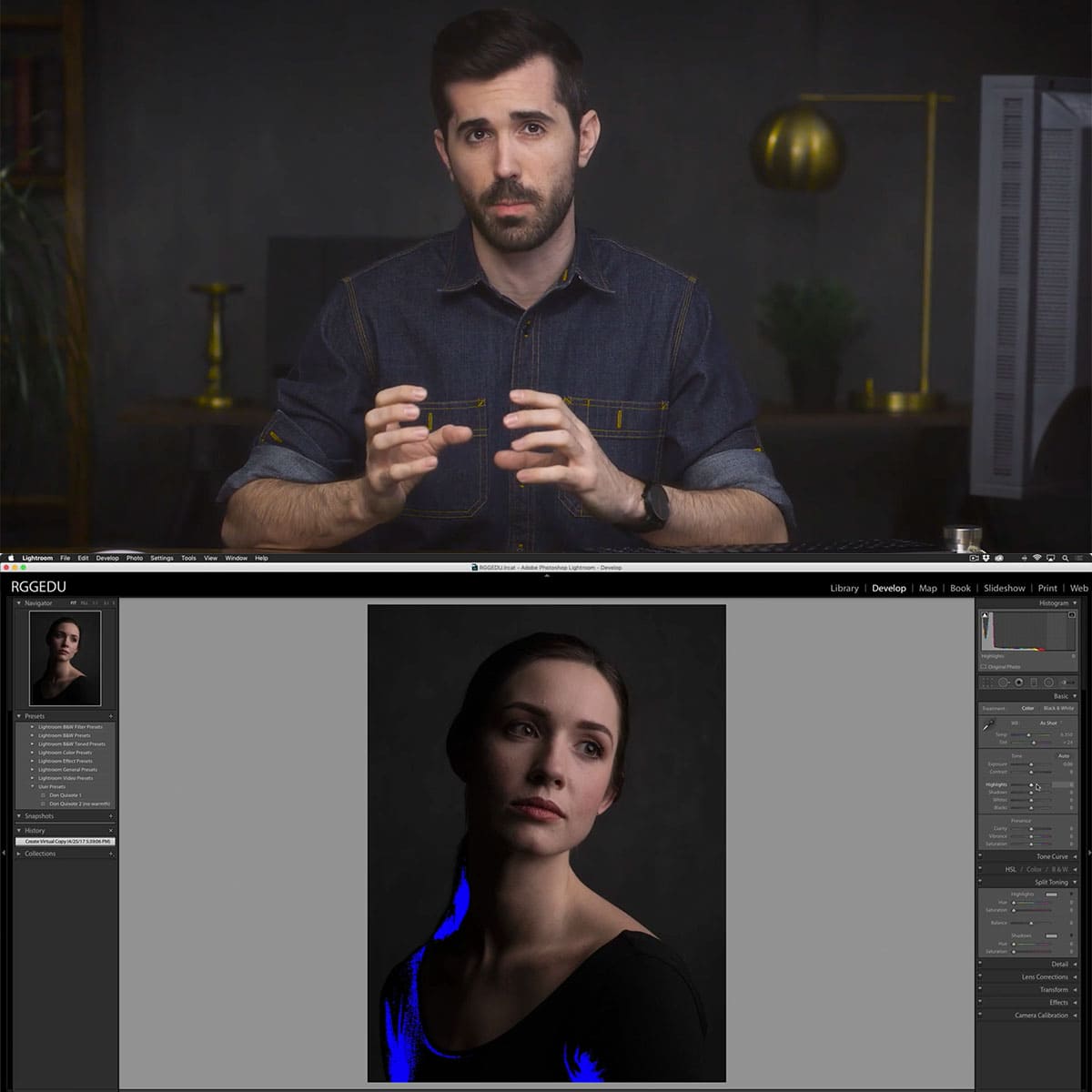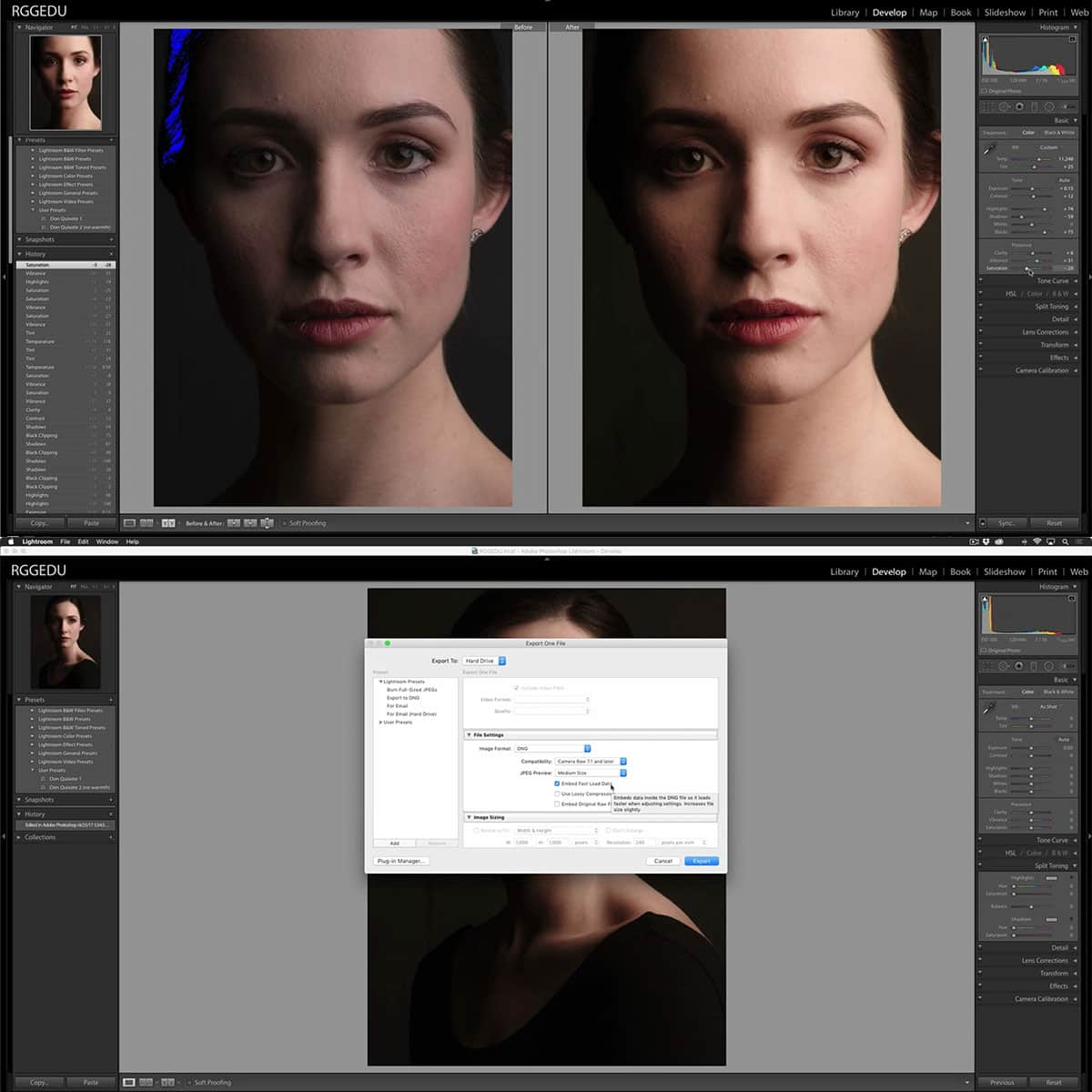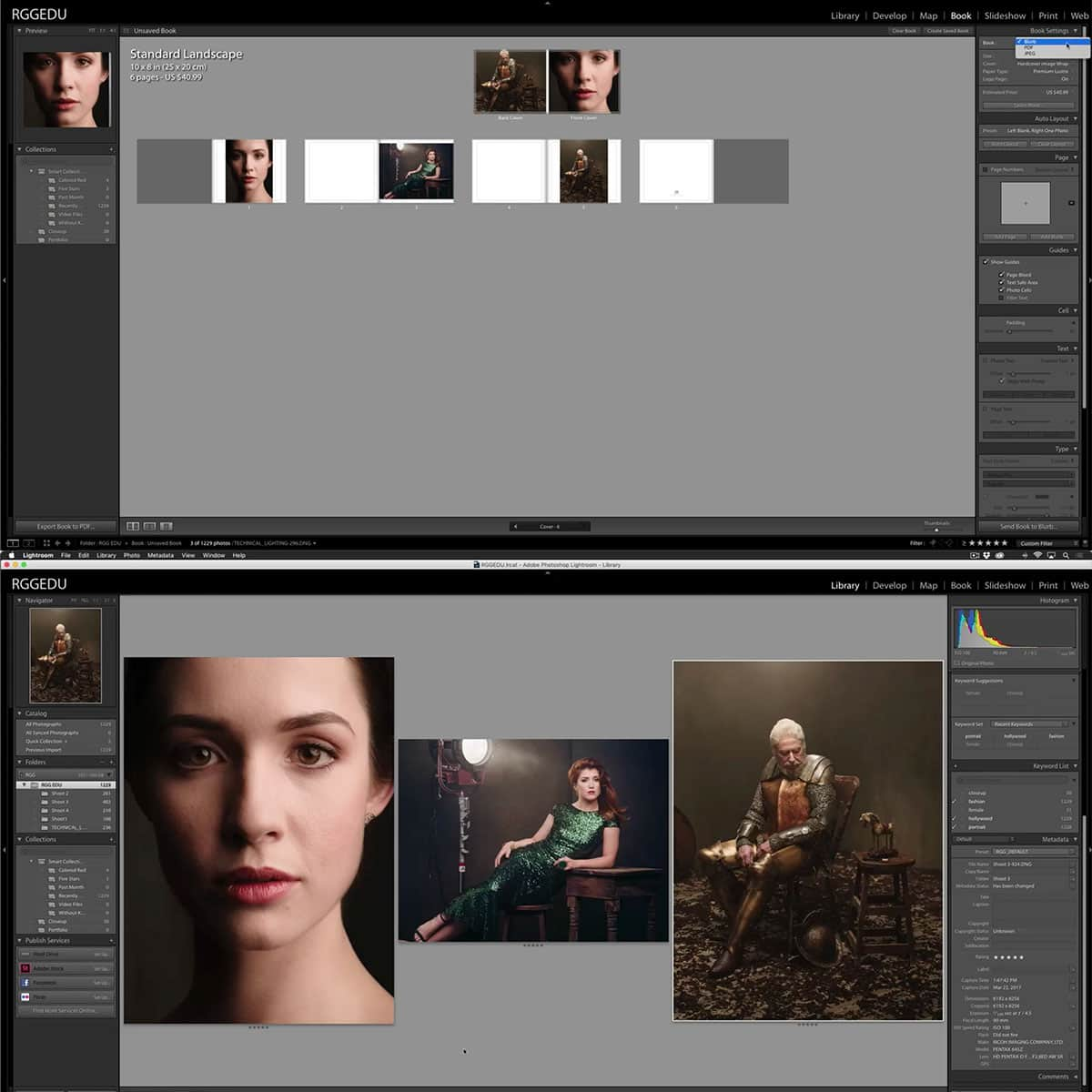Understanding Midtones in Photography: Mastering Balance for Perfect Shots
As photographers, we often focus on capturing the perfect balance of light and shadows to create visually stunning images. Understanding the role of midtones in this balance is crucial, as they serve as the bridge between the brightest and darkest parts of a photograph. By mastering the art of midtone adjustment, we can elevate our images' visual appeal and achieve greater harmony between highlights and shadows.
Midtones, encompassing the luminance values between the bright and dark areas, are an essential component of photography, particularly when it comes to creating images with a full tonal range. Familiarizing ourselves with various techniques and tools to adjust and manipulate midtones will enable us to produce photographs that convey our artistic vision more effectively.
Whether we're exploring portrait, landscape, or any other genre of photography, it is critical to be cognizant of the common pitfalls and tips associated with midtone adjustment. By honing our skills in this area, we can successfully apply advanced midtone manipulation concepts and make our images stand out.
Key Takeaways
- Understanding midtones is crucial for balancing highlights and shadows in photographs
- Mastering techniques and tools for midtone adjustment improves overall image quality
- Being aware of common pitfalls and tips enhances our ability to manipulate midtones effectively
The Importance of Balancing Midtones, Shadows, and Highlights
Balancing the Tonal Range
When working with photographs, it's crucial to understand the tonal range which comprises midtones, shadows, and highlights. Properly balancing these three elements can help bring depth and visual appeal to your images. The midtones serve as a bridge between the darkest and lightest areas in a photograph, ensuring smooth transitions and a well-rounded image.
In order to balance the tonal range, always pay attention to these three major elements while capturing or editing your images to avoid unwanted contrast or flat photographs.
Understanding Exposure and Brightness
Exposure and brightness are essential aspects to consider when working with midtones. For example, proper exposure ensures that we capture an ideal amount of brightness in the midranges, avoiding overexposure or underexposure. It is essential to understand how different camera settings, such as shutter speed, aperture, and ISO, affect exposure when capturing images.
By mastering exposure and brightness, we can effectively articulate the subtle details found within the midtones and make our photographs visually striking.
The Interplay of Midtones, Highlights, and Shadows
The interplay between midtones, highlights, and shadows govern the perception of depth and dimensionality in your images. Achieving a balance between shadows, highlights, and midtones can dramatically enhance the quality of your photographs.
Focusing on midtones when editing images can help you unlock their full potential by creating a striking contrast between the shadows and highlights. By considering the three major elements in the tonal range, we can create images that display a harmonious interplay between exposure, brightness, and balance. This in turn produces visually captivating and well-rounded photographs.
Techniques and Tools for Adjusting Midtones
Histograms and Midtone Adjustments
A histogram is a useful tool to visualize the tonal distribution in an image. By studying the histogram, we can identify the midtone range in a photograph. We can then make adjustments to enhance the balance between shadows, highlights, and midtones. For example, if the midtones appear too dark or too light, we can adjust the exposure or contrast to bring them closer to a neutral grayscale.
Using Lightroom and Photoshop for Post-processing
Lightroom and Photoshop are powerful post-processing tools to help us balance midtones in photography. In Lightroom, we can use the Tone Curve or the Basic adjustments panel to fine-tune the balance between shadows, highlights, and midtones. Additionally, we can utilize the Adjustment Brush tool to selectively adjust midtones in specific areas of a photograph.
In Photoshop, we can work with Levels and Curves adjustment layers to optimize midtones, ensuring that they properly bridge the lightest and darkest elements of an image. Another useful technique is creating luminosity masks, which allows us to selectively target midtones for smoother contrast and saturation adjustments as described in Fotographee.
Manual Camera Setting Adjustments
Another approach to balancing midtones in photography is adjusting camera settings during the shooting process. We can experiment with different exposure settings, such as using exposure compensation, to properly capture the desired midtone level. Also, understanding the effect of various light sources on midtones can help us make informed decisions when setting up a shot.
By experimenting with shutter speed, aperture, and ISO settings, we can achieve a greater balance of shadows, highlights, and midtones in our images. This process may require trial and error, but it is a worthwhile investment to master in-camera midtone adjustments.
Application of Midtone Adjustment in Different Genres of Photography
Midtones in Landscape Photography
Balancing midtones in landscape photography is crucial for achieving natural, visually appealing images. By adjusting the midtones, we can enhance the depth and dimension in our landscapes. For example, adjusting midtones can bring out details in the sky, mountains, or other natural elements.
In landscapes with varying light conditions, we can use multiple layers of tonal adjustments with different midtone masks to create a smoother contrast adjustment, as suggested by Fotographee. This technique helps us maintain a good balance between shadows and highlights in our landscape photos.
Midtones in Portrait Photography
Midtones are equally important in portrait photography as they help retain the most details in an image. Proper midtone adjustments can enhance the subject's skin tones, facial features, and clothing details. By managing midtones effectively, we can also control the contrast levels and direction of light in our portrait shots.
A useful approach in portrait photography is utilizing luminosity masks. These masks can help target specific areas of the image - like the model's face or background - and allow for refined adjustments in these regions without affecting other parts of the image.
Midtones in Black and White Photography
Finally, midtones play a significant role in black and white photography. In black and white images, the tonal range becomes even more critical, and achieving a balance between shadows, highlights, and midtones can dramatically enhance the overall quality of our monochromatic shots.
One technique to consider is the Zone System, which helps us visualize and control tonal distributions in our black and white images. By using the Zone System and paying careful attention to midtones, we can create stunning, high-contrast images with rich details and smooth tonal transitions.
Common Pitfalls and Tips for Midtone Adjustment
Avoiding Overexposure and Underexposure
One common issue in photography is overexposure and underexposure. It's essential to find the right balance between shadows, highlights, and midtones. To avoid overexposure and underexposure, we recommend using the camera's histogram and adjusting ISO, aperture, and shutter speed accordingly.
Remember to be mindful of the tonal range between shadows and highlights, as midtones play a crucial role in creating a balanced and visually appealing image.
Maintaining Detail and Texture
Midtones in photography also help to maintain detail and texture in an image. We can achieve this by paying attention to the brightness levels of the midtones. By carefully adjusting the midtones, it's possible to preserve and enhance details in an image, giving it a more lifelike appearance.
When working with midtones, ensure that adjustments don't cause a loss of detail in the highlights and shadows. Using a midtones mask can be a useful technique for smoother contrast adjustment without affecting the other tonal ranges.
Creative Vision and Composition
Lastly, midtones can contribute significantly to the overall creative vision and composition of an image. Understanding the relationship between shadows, midtones, and highlights allows us to create compelling visual effects that match our creative vision.
Advanced Concepts in Midtone Manipulation
Color vs Monochrome Midtones
When working with color photos, midtones not only involve brightness levels but also the hues and saturation of the colors in your image. Manipulating color midtones can enhance the overall appeal of your shots, making them more vibrant and vivid. On the other hand, monochrome photos demand a focus on the grayscale middle values to achieve a balanced tonal range.
In both cases, carefully adjusting midtones can significantly impact the final look of your images. For color photography, it's essential to tweak the Color Grading settings, especially for the midtones. Monochrome editing, meanwhile, calls for fine-tuning grayscale values to achieve a visually appealing balance.
Conceptual Balance in Photography
The concept of balance plays an important role in creating visually appealing photos. We can achieve this balance by adjusting elements such as brightness, contrast, and colors in the shadows, highlights, and midtones. However, conceptual balance extends beyond the technical aspects of editing – it also involves composition, subject placement, and visual weight distribution within the frame.
Maintaining conceptual balance ensures that no part of the image dominates others and that elements within the photograph work harmoniously together. This balance contributes to a cohesive final result, where nuances in midtones help to accentuate the critical elements of the image.
Symmetry and Composition in Midtone Adjustment
Symmetry and composition are essential aspects of photography that can be further refined through midtone adjustments. By modifying the brightness and contrast levels of the midtones, we can emphasize or play down certain areas in the image, giving them greater or lesser visual weight.
For example, in a symmetrical composition, it might be helpful to employ subtle midtone adjustments to draw attention to the central elements, whereas in an asymmetrical composition, adjusting midtones may help in achieving overall visual balance. In both cases, our objective should be to create a harmonious image that guides the viewer's eye through the photograph.
Remember, adjusting midtones is a powerful tool that allows us to balance our images' visual and conceptual aspects. By working carefully with monochrome or color settings, keeping in mind the principles of composition and symmetry, we can produce striking and visually satisfying photographs.
Frequently Asked Questions
What is the role of midtones in creating balanced images?
Midtones play a crucial role in photography as they bridge the gap between the lightest and darkest elements in an image. Achieving a balance between shadows, highlights, and midtones can dramatically enhance the quality and visual appeal of your shots.
How do midtones affect the overall tonality in photography?
Midtones can influence the overall tonality of an image by providing a middle ground for the luminance values. They help to maintain a smooth transition between the highlights and shadows, creating depth and contrast in your photos.
Which techniques help in managing midtones to improve image balance?
To manage midtones, we recommend techniques like exposure compensation, use of color filters, or post-processing adjustments. By experimenting with these techniques, you can adjust the midtones in your images, improving overall balance and visual appeal.
How do midtones differ from highlights and shadows?
Midtones are the areas of an image that are neither bright nor dark, falling between the highlights and shadows. Highlights refer to the bright parts, shadows are the dark parts, and midtones represent the luminance values in between.
What role does the tonal range play in balancing photos?
The tonal range – encompassing shadows, midtones, and highlights – determines the overall balance and contrast in an image. By maintaining a balance between these three tonal areas, you can significantly affect the overall feel and look of a photograph.
How can Photoshop be used to adjust midtones and enhance image balance?
In Photoshop, we can adjust the midtones by using tools like Levels, Curves, or Brightness/Contrast. These adjustments can help to shift the tonality of the midtones, allowing for better control and balance in the final image.





